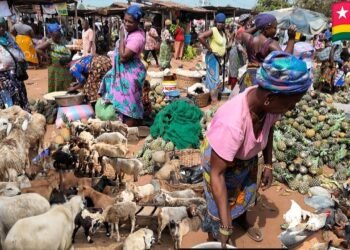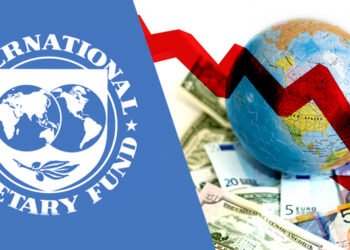Ghana’s diplomatic ties with China dates back to 61 years ago, a year after Ghana became a republic and Dr Kwame Nkrumah, its first president.
Throughout the years, trade and foreign direct investment (FDI) from China has evolved rather rapidly, and so has lending. This sentiment is not peculiar to Ghana, but appears to resonate across most African countries, raising questions about China’s increased focus on the continent.
In 2020, the volume of trade between Ghana and China exceeded US$7.4 billion, ranking among the top on the continent. FDI flows from China peaked in 2016 at US$490.61 million and amounted to US$29.4 million in 2019 according to data from Statista.com.
On account of Ghana’s trade with China, Ghana’s total merchandise imports was US$12.4 billion in 2020, although this fell short of the 2019 figures by US$ 0.1 billion due to the impact of the COVID restrictions. Also, total merchandise exports reached US$14.5 billion in 2020.
Likewise, Chinese investments in Ghana have in recent times broadly covered agriculture, manufacturing and services. Of recent is the China-invested Africa World Airlines (AWA) and Sunon Asogli Power (Ghana) Ltd. that are regarded as model projects of China-Africa investment cooperation by the UN Office for South-South Cooperation.
These notwithstanding, Ghana’s bilateral debt to China is among the highest apart from bilateral debts owed France and Germany per 2020 figures. On the issue of debt, Ghana’s overall debt-to-GDP is nearing 80 percent, currently at 76.1 percent as at year-end 2020, thus, placing Ghana into debt distress.
Accordingly, external debt stock reached GHS141, 796.8 million (US$24, 715.8 million) as at end-December 2020. Of this amount, bilateral debt was US$1, 297.4 million, representing a 5.2 percent share of external debt.
Debt outstanding to the International Development Association (IDA) was 55.8 percent of external debt. Also, the IMF and the African Development Bank Group (AfDB) held 25.4 percent and 14.8 percent respectively.
Ghana’s debt to China for 2020
According to the 2020 public debt report, China remains among Ghana’s largest bilateral creditors holding 17.6 percent of bilateral debt to China as at year-end 2020.
Recent statistics show that, Ghana ranks among top 10 African countries to have accumulated huge debts from China; Angola (US$25 bn); Ethiopia (US$13.5 bn): Zambia (US$7.4 bn); the Republic of Congo ($7.3bn), Zambia (US$6.5 bn); Sudan (US$6.4 bn); Cameroon (US$5.5 bn); Nigeria (US$4.8 bn); Ghana (US$3.5 bn).
As indicated, this momentum in growing bilateral debt from China portends the new trajectory of resource-backed loans for the purpose of financing Ghana’s infrastructure deficit. A recent case is the Sino-hydro deal between Ghana and Chinese state-owned Sino-hydro Corporation worth US$2 billion.
More so, the above scenario is not in isolation as these conditions of financing have been seen elsewhere between China and other African economies. Chinese loans are for the most part tied to specific projects, although they are extended on generous terms than market loans. Apart from these, loan renegotiations are also resource-backed, a recent case is Zambia.
Ken Ofori-Atta, Ghana’s finance minister was cited by the Africa Centre for Strategic Studies to have regarded China’s debt negotiation approach as disadvantaging indebted partners, as it makes other creditors nervous that “their released resources will simply be transferred to Beijing.”
China’s strategic relationship with Ghana has significantly improved trade and investments in Ghana. But, this also means that, Ghana’s debt owed China is also skyrocketing.
READ ALSO: CEO of Chamber of Agribusiness calls for more clarity on the Development Bank establishment























